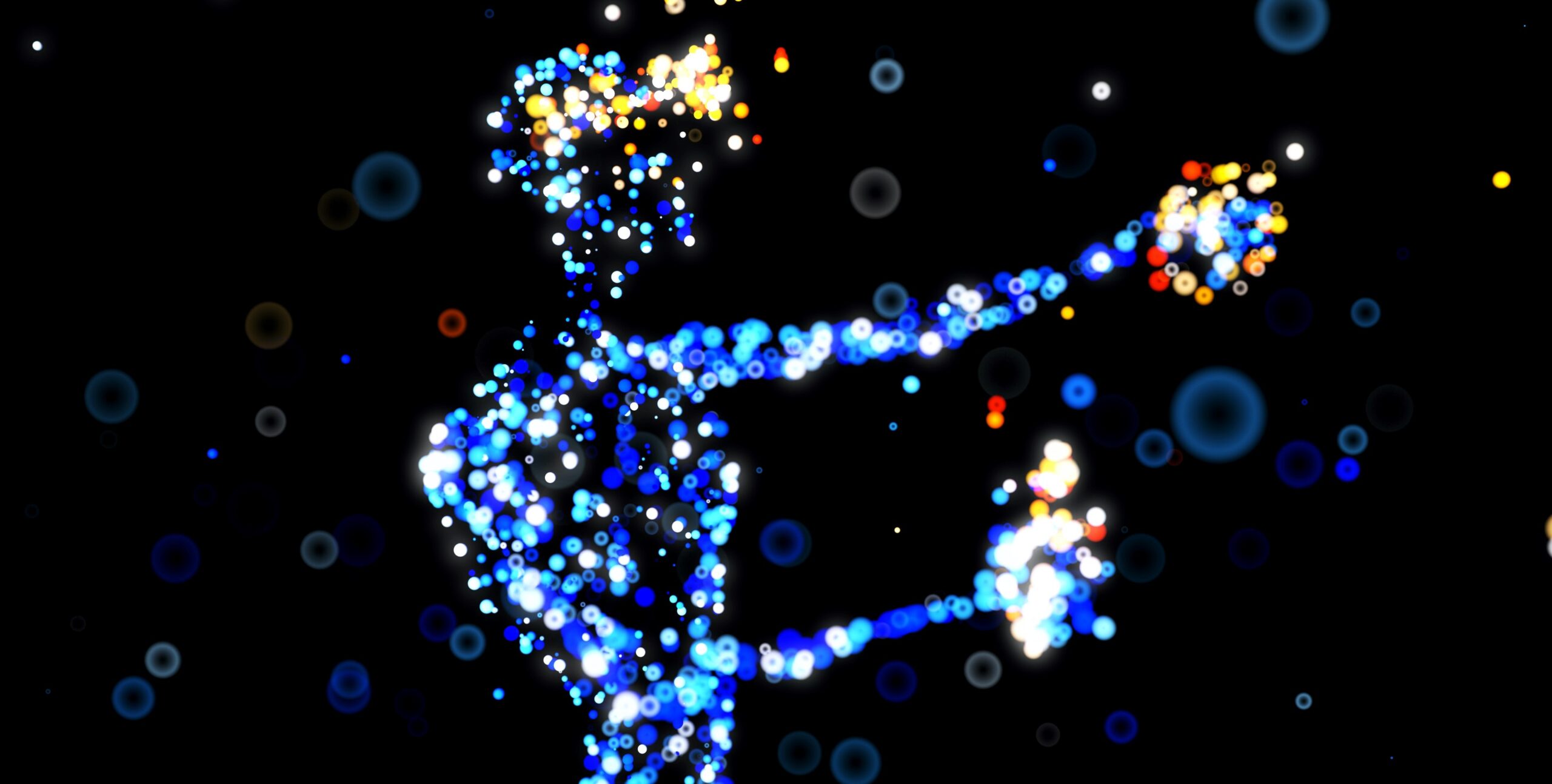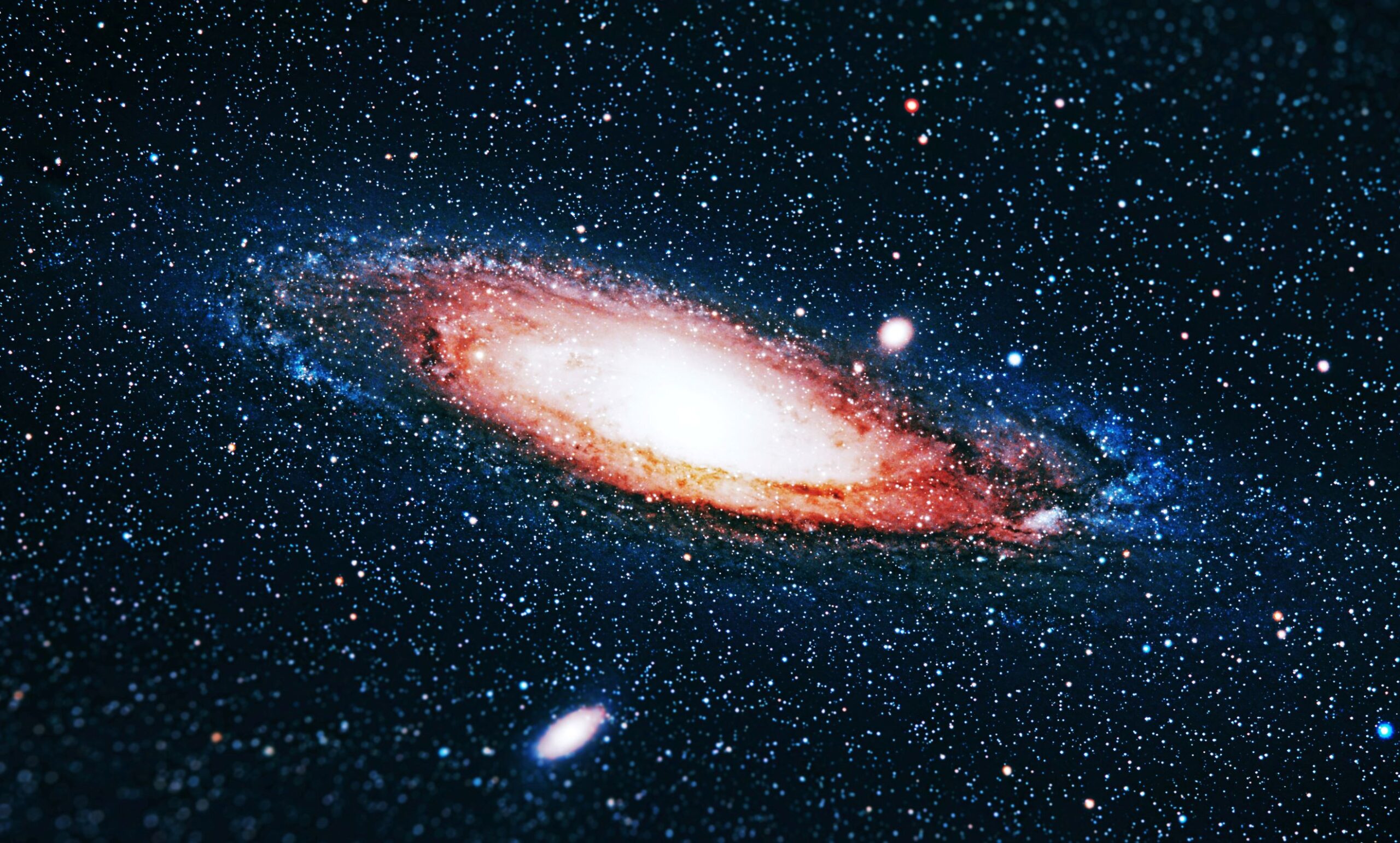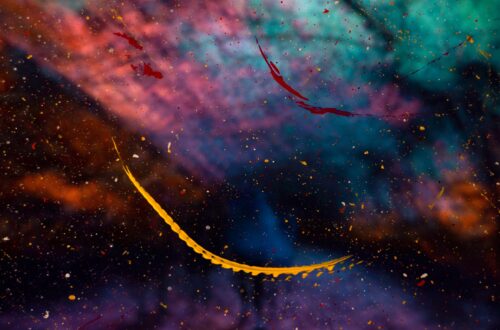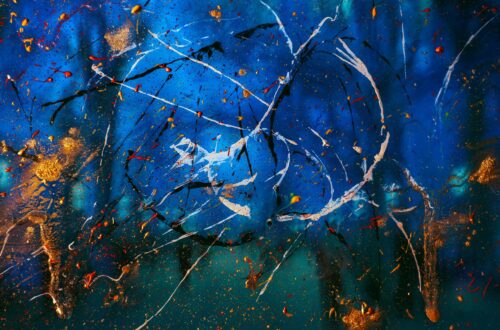
What is Reality?
In my last two articles on the Myth of Materialism, I made the case that reality is not material, but non-material. In fact, the belief in materialism is a bigger leap of faith than a belief in non-materialism. If you want to know why, check out those articles.
Non-Materialism and Reality
How does that view impact our answer to the question, “What is Reality?”
In my classes when I taught this concept that reality is non-material, most students, raised in an empirically based reality, had a hard time understanding and accepting it.
They couldn’t believe anyone could think this world wasn’t physical as they banged their hands on their desks. “How could this desk not be physical?” they asked as they continued banging away.
“What kind of drugs were they taking?” they wanted to know.
I had my work cut out for me. I gave them some examples to make it more intelligible.
Some of the examples I used were covered in my last two articles on the Myth of Materialism. I pointed out that the atom was almost all empty space, and that banging their hands on their desks didn’t prove their hands or their desks were physical.
I’m not going to rehash those ideas here, if you are interested in more detail, please read those two articles.
What Nighttime Dreams Tell Us About Reality
There were a couple of other examples I used to help them understand this position.
The first one dealt with their nighttime dreams. In these dreams, we create a reality that is pretty much like our waking one. We walk on solid ground, we touch solid objects, and we can even pound on desks, making noise.
Then, when we wake up and realize it was all a dream, we generally don’t think much more about it.
If we did, we might question the world we just inhabited in our dream. Reality appeared as solid as it does in our everyday waking world, but the dream world is not a physical, but a mental world created by our minds. Maybe the solidity of our waking world tricks us in the same way the solidity of our dream world does.
In fact, some eastern religions believe this waking world is just another dream world that we also need to awaken from. When we do, we attain enlightenment.
Is What We See Really What’s There?
Another example I use is to explore how vision works. We assume that when we look at a chair in our house, our vision captures it exactly. Our perception is like a camera taking a snap shot of what’s there.
That’s not how vision works. What happens is, light waves bounce off an object and go into our eyes where they travel down the optic nerve to our brain which then creates a picture of what we assume is out there.
But, does the image my brain creates match the “chair” that is out there?
We don’t know because we can never get outside our own heads, our own perceptions, to check it. We never get to see reality as it really is, only as we perceive it through our filters.
The Red Sunglasses Example
It is like being born with red sunglasses covering our eyes. When we look at the world it always has a reddish tint. We don’t question it because everybody else is also born with these red sunglasses attached to their eyes so see the same thing.
So we all assume this reddish tint is a part of the world, never thinking it is we who are imposing it on the world. We can never step outside ourselves to see what the world really looks like. We just assume our vision gives us a true picture of reality.
The Man in the Room
It is also like a person who has spent their entire life in a room with no windows and no view of the outside world. He has a television that he has been told is connected to a camera that allows him to view the activities in his front yard.
He sees children running, traffic, people walking by, flowers blossoming, and trees shedding their leaves and so on.
The question is, how does he know his television truly reflects his front yard. He can never get outside his room to verify its authenticity. How does he know he is even sitting in a room, on a block on this planet?
He could just be watching a video tape somebody pre-recorded over a long period of time, that has nothing to do with what is going on outside his room.
He could even be on a space ship hurtling through space billions of miles from earth watching these videos that create the illusion he is in a suburban house on earth.
How does he know his television is accurately reflecting the reality outside his room?
He doesn’t, and likewise we can’t know if our vision accurately reflects reality because we can never get outside our heads to verify it.
The Hindus call this world, maya which means illusion. This doesn’t mean nothing is there, but rather that what we see isn’t the full picture. We can only see as much of reality as our rods, cones and brains allow us to see.
We know that visible light (the wave lengths we can actually see) represents only a tiny portion (0.0035 percent to be exact) of the electromagnetic spectrum so our vision is very limited.
Dragon Flies and Humans
Think of a dragon fly with twelve photo receptors in its eyes flying over a lake. Does he see the same lake humans do with only four photo receptors? I don’t think so. His view of the lake would be much richer than ours. He sees aspects of the lake that are far beyond our perception.
We can apply that to any creature on the planet. What reality does your dog, cat, bird, fish, rabbit see/experience? While each sees reality in its own way, it is still just a different slice of the same ultimate reality of which everything is a part. Different creatures have different receptors that allow them to access different parts of the overall reality we are all a part of.
Reality is Far More Than Humans can Perceive
So, the upshot of all this, is that reality is far grander and magnificent than we can ever imagine. Therefore, it is extremely arrogant for humans to think they view reality as it really is.
Understanding this humbles us and shows us that we are part of a much grander reality than we had previously thought possible.
It enables us to enter a state of wonder as we drop the notion that our view of reality is the only one that counts.
We see that reality is much more dynamic than a physical-based reality would allow.
Take time to stop and smell the flowers and listen to the birds. Let’s use this new found appreciation of reality to inspire us to save our beautiful life on this planet. Let’s not let our human arrogance and short-sightedness lead to our destruction.
To learn more: Click this link: The Magical Universe.
Photo by julien Tromeur on Unsplash




